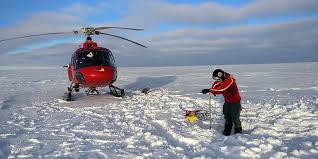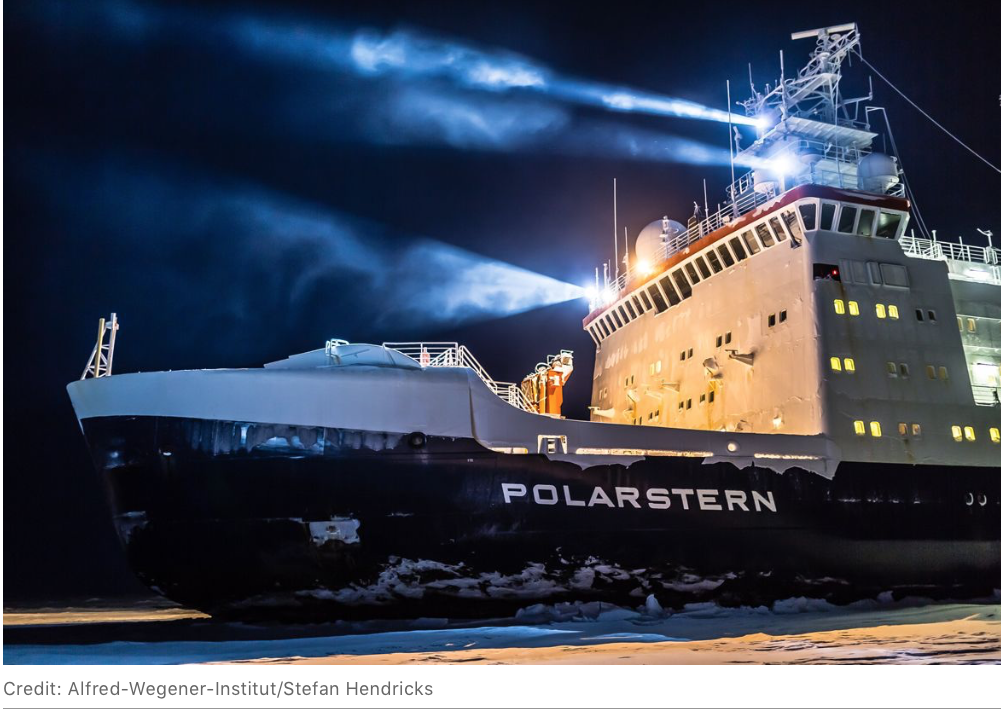
Quantitative Research Methods
Quantitative methods are the methods that deal with numbers and anything that can be dealt with a measurable form, in a systematic way of investigating the phenomenon. It is used to answer questions in terms of justifying relationships with measurable variables to either explain, predict or control a phenomenon.
There are three methods that are often used by researchers to conduct this type of research, they are:
- Survey Research - The ultimate goal of survey research is to learn about a large population by deploying the survey. Gone are the days where a survey was carried out using a pen and a paper. Today, online surveys are a popular mode of research as they are convenient and can be sent in an email or made available on the internet. In this method, a researcher designs a survey with most relevant survey questions and deploys the survey. Once the researcher receives the responses he/she summarizes them to tabulate meaningful findings and data.
- Descriptive Research - Descriptive research is a quantitative research method, which corresponds to identifying the characteristics of an observed phenomenon and collecting more information. This research method is designed to depict the participants in a very systematic and accurate manner. In simple words, descriptive research is all about describing the phenomenon, observing and drawing conclusions from it.
- Correlational Research - Correlation research examines the relationship between two or more variables. Let us take an example to understand correlational research. Consider hypothetically, a researcher is studying a correlation between cancer and married women. Let us say married women have a negative correlation with cancer. In this example, there are two variables: cancer, and married women. When we say negative correlation it means women who are married are less likely to develop cancer. However, it doesn’t mean that marriage directly avoids cancer.

However, for climate scientists, they undertake research in every part of the planet, using a wide range of technologies.
MOSAiC (Multidisciplinary Drifting Observatory for the Study of Arctic Climate) Research Study - September 2019 to September 2020
Did you know...that MOSAiC is one of the largest Arctic science research missions being undertaken right now!
This research study involved 300 scientists from a range of disciplines, and they will be embedded in the Eastern Arctic Ocean for a full year, which started in September 2019.
Led by Dr. Markus Rex of the Alfred Wegener Institute for Polar and Marine Research (Germany) and Dr. Mark Serreze, University of Colorado (USA), National Snow and Ice Data Centre, you can watch these researchers in action and follow their daily webstream.
To read more on project The MOSAiC 1-year research project on the Arctic Ice - happening now!


Copyright © All Rights Reserved

